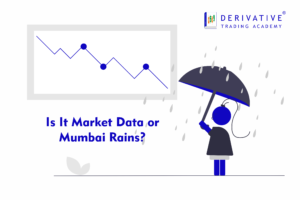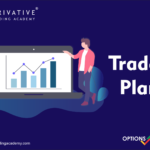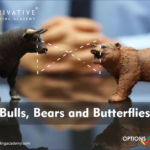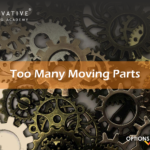What’s with this, CREDIT?
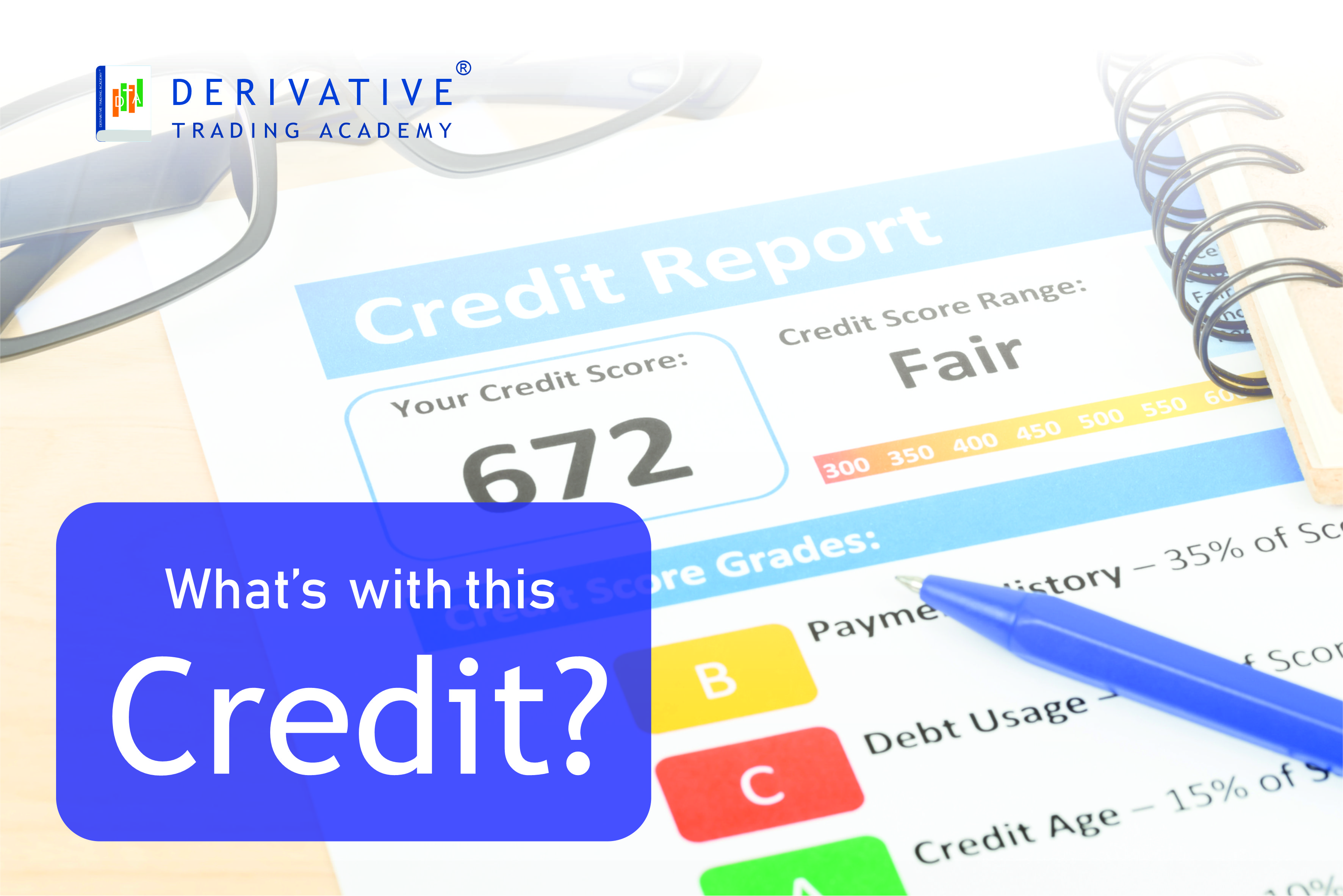
For last 5 years we have been hearing about “credit crisis” almost every day. The financial newspapers and magazines are full of news, views and articles on credit related issues. This crisis is increasingly hurting financial markets as each day passes. It has not spared any sector as of now, from Banking and NBFCs which create credit to Auto, FMCG, Infra, Real Estate, Capital Goods, Telecom which use this credit. We are seeing a clear cut logjam as far as the economy is concerned till a point that our quarterly GDP growth has stooped to a 6-year low last quarter. So, let’s understand what is with this credit issue.
Any economy is a sum total of the economic transactions done in all its markets. These economic transactions are related to buying of goods, services or assets. The payment of these transactions are made using cash or credit. Credit in any economy is a large part of the overall GDP. For instance, in India it is 70% of $2.5tn economy while in USA, this number is $50 trillion as compared to cash economy of $3 trillion. So the credit there is much larger. These transactions are related to individuals, corporates and governments.
Now, the biggest buyer and seller in any economy is generally the government. It collects taxes from people and uses it in various projects. This is reflected in the fiscal budget. The other side is monetary policy where the central government decides the amount of money and price of money (interest rates) in the economy. Thus, the central bank plays the most crucial part in flow of credit.
So, we start with credit. Credit is the most important part of the economy and the least understood. It is most important, because it the biggest part of any economy and it is volatile. Just like there are transactions for buying and selling of goods and services. Similarly, there are transaction of credit, where lenders and borrowers transact. Lenders, want to make more from their money and borrowers want money because they don’t have it to buy a car, house, business or anything else. Borrowers, take the money and promise to repay it with interest. Incase of high interest rates, borrowing reduces and when interest rates are low, borrowing increases. When a transaction on credit is done, it is called debt. This debt is an asset for lender and liability for the borrower. As soon as the borrower pays it off, the asset and the liability disappear. So, why is Credit so important?
When a person borrows money, he spends it which is the income for someone else. This increases the income and hence the credit worthiness of the person receiving the money. Credit worthiness increases due to higher income and good assets which can be given as collateral. Thus the lenders are ready to lend to such a person. So increased income allows increased borrowing and increased spending. Since one person’s spending is another person’s income it creates more borrowing and so on. Thus creating a virtuous cycle of economic growth.
Incase there is an economy without credit, the only way to increase spending is via increasing income, which increases by enhanced productivity. But in case of an economy with credit, the spending can increase in short term by borrowing. This creates short term credit cycles of 5-8 years.
So, how does the short term debt cycle work? It’s very simple. Because credit can be easily created in short term, people are able to borrow and spend. This phase is the growth or the expansion phase. However, the productivity/production of goods and services does not increase at the same pace, this leads to inflation. The central banks don’t like inflation, so it increases interest rates. This reduces borrowing which in turns reduces spending and prices come down. This hurts growth. So, in a situation where growth is low and so is inflation, the central banks will reduce interest rates, thus putting economy back in pace. This cycle keeps going over and over again over a 5-8 years’ horizon. We keep seeing this but miss the bigger picture behind it. Each cycle ends with growth is higher and debt higher than the previous one. This creates the long term debt cycle.
Long term debt cycle is culmination of multiple short term debt cycle. After the end of every short term recession the economy comes out with a boom. Everything is going up; incomes are rising, spending increasing, asset prices are soaring. This leads to creating more and more debt as people are lured to spend more and buy more and more of costly assets. This creates a bubble. But this cannot go on forever. At some point debt repayment rises faster than then incomes. This is the start of the trouble times. The spending is cut. As one person’s spending is other person’s income. The incomes go down and so does the credit worthiness. Debt repayment continues to rise thus creating further pressure on spending, as they cannot borrow any further. This reverses the cycle. This the long term debt peak. This happened in USA in 1929 and 2008 & in Japan in 1989.
So, starts the next leg, deleveraging. This is the most dangerous zone and if not managed well can create serious damage. So, what happens during this stage; spending reduces, incomes fall, credit disappears, asset prices come down, stock market crashes, banks and other financial institutions are squeezed. This is a vicious downward spiral. This is different from normal recession where the interest rates can be lowered, but here the interest are already low and soon hit 0%. The difference between recession and deleveraging is that the debt of the borrowers in case deleveraging is too big to be ever paid back. Banks and financial institutions realize that. They don’t want to lend and borrowers don’t want to borrow.
What do you do about deleveraging? To reduce the too high debt burden, there are 4 things that are done. First, is people, corporations and government cut their spending. Second, reduce debt by restructuring. Third, redistribute wealth from haves to have-nots. Fourth, print money. All the four things are done in most of the cases, right balance is most critical in all the cases. So, let’s see the impact of each of these.
First, when spending is cut by all, there is an expectation of reduced debt, but actually the incomes reduce faster than debt. This makes the situation more troublesome as there is further cut in costs which leads to unemployment.
So, comes the next step, debt restructuring. This is in the form of part payment, increased duration, lower interest rates and so on. This creates lot of stress on lender’s balance sheet. Due to this investor in these financial institutions panic and redeem. So, businesses and banks go bankrupt, thus leading to depression.
With depression around governments get hard pressed. Their income from taxes reduce and their expenses increase as they come up with stimulus plans. This increases the fiscal deficit. This deficit can be funded via borrowing or increased taxes. As borrowing is out of question, the tax on the rich increases. So, the rich start resenting the have-nots as their incomes and asset value are eroding and on top of it they have to pay higher taxes. The have-nots resent the rich because they have nothing as compared to the rich. This can create social or at times geopolitical issues. Such, situations lead to change in leadership and extremists may come to power. Hitler came to power in a similar situation.
Then comes the next situation, printing money. Now this done by central bank. But central banks can buy financial assets only with this money. This increases the income of people who hold these financial assets and does not solve the problem. Instead, if they government securities and give this money to government who in turn use if for buying goods and services, it can work well. This needs good coordination and cooperation between the government and central bank.
By giving more income in the hands of the people, the spending increases, which leads to higher income for all and thus debt starts reducing. Once, economy starts expanding the printing of excess notes can be stopped. Thus, this deleveraging can be done by a proper mix of all the above tools. Dependence on any will not give the right results. Every, 75-100 years each growing economy goes through this phase. It is the way that the deleveraging is managed that decides the fate, but it normally takes a decade to come out of this, that’s why the adage “The Lost Decade”
Net- net till the increase in debt is not more than the increase in the income, things will be manageable & Governments need to constantly focus on increasing the productivity of people.
Happy Trading.
Cheers!!!

